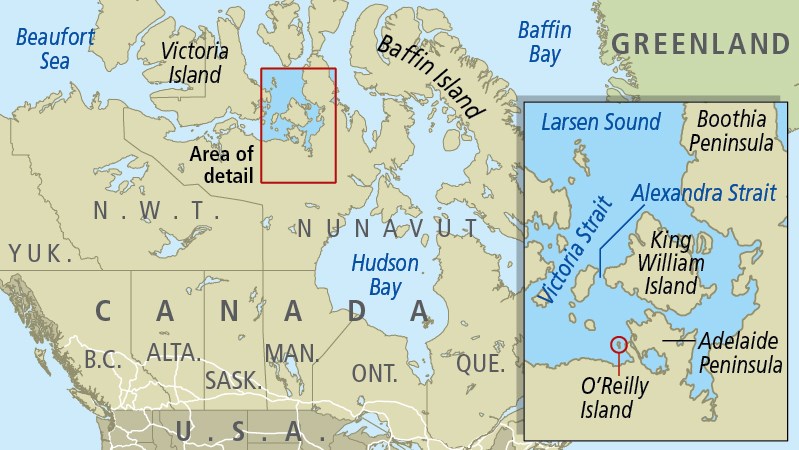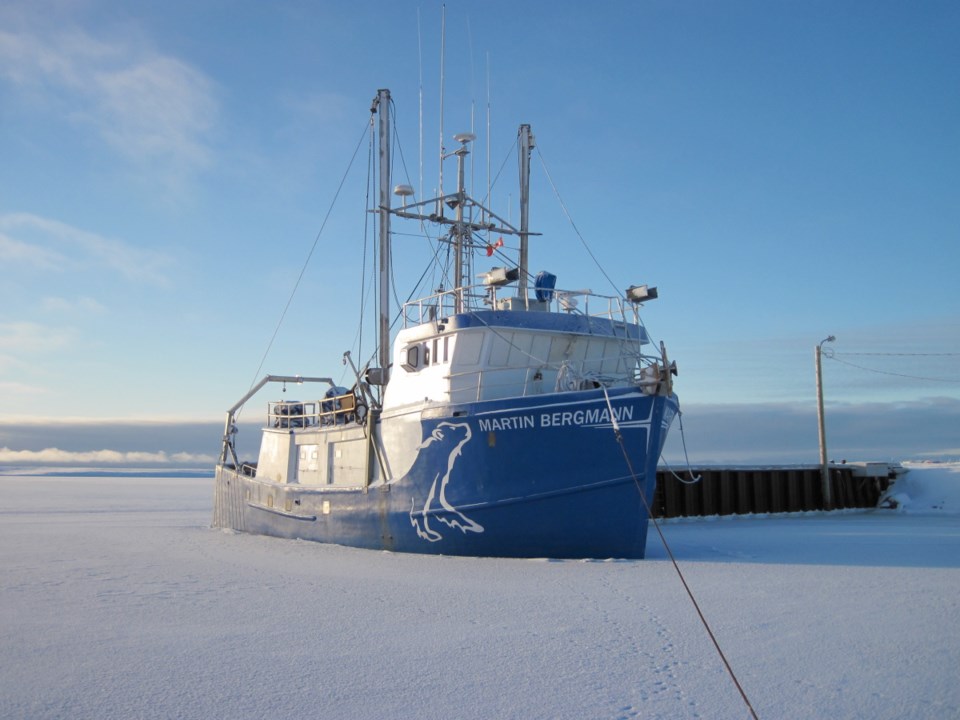The fate of Sir John Franklin — who hoped to map the final details of the Northwest Passage in 1845 — and his 128 crewmembers has spawned songs, books and essays discussing the impact of the two lost ships on Canadian history.
Now a local scientist is joining a field expedition to locate Franklin’s ships, HMS Erebus and HMS Terror, and help solve a 165-year-old mystery.
Eddy Carmack, a research scientist emeritus at Ocean Sciences in Victoria, has travelled to the Arctic before but this will be his first time to search for the two ships.
“The whole mystique surrounding the Franklin expedition and the two lost ships, the fate of 129 men, has been a mystery and is very much a part of Canada’s history,” he said from his home in Victoria.
The personal aspect of finding out what happened to the crew and Franklin appeals to the researcher.
“They were 129 men with their own personal lives and stories. The closer you get to them and to the actual search, you begin to wonder what the stories behind the lost expedition are,” he said.
Carmack, who has travelled to the Arctic for 25 consecutive years, departs today and is scheduled to be in the Arctic for a week, assisting other researchers. He joins Peter Metcalfe, the captain of the ship and a Victoria representative, as the local connection onboard the Martin Bergmann research ship.
The search is being organized by Parks Canada and the Arctic Research Foundation.
Due to the retreat of Arctic ice, ice breakers — ships that are designed to break through the ice to allow other ships to follow — aren’t needed as much, which allows smaller vessels to explore more of the area.
This is the fifth trip Parks Canada has helped sponsor to find Franklin’s missing ships.

According to Parks Canada, the trip will include the southern search area near O’Reilly Island, west of the Adelaide peninsula and where Inuit oral tradition places one of the shipwrecks, as well as farther north to Victoria Strait and Alexandra Strait, where the other vessel is believed to be located.
A sidescan sonar, using acoustic waves to create a two-dimensional view of the sea bed, will be the primary tool used by researchers to search for the ships.
Franklin’s work as a scientist has been overlooked in history, said Carmack, who hopes that aspect of his career starts to re-emerge.
While Carmack hopes to help discover the lost ships, he sees a chance for researchers to better understand the Canadian Arctic, much of which remains unmapped and poorly understood.
“We’ve just scratched the surface of the Arctic and there’s much to be learned from the people who do live there about the variety of ecosystems,” he said.
He said he hopes there will eventually be research done about the communities living in the area and how they’re seeing the area change with the retreating ice and climate change.



